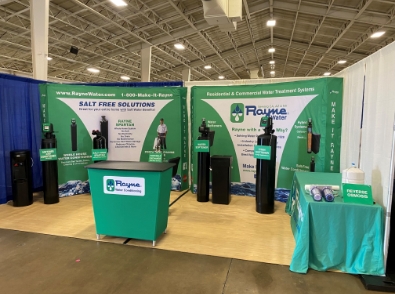<![CDATA[Do you know how your water gets to the tap? Has anyone actually ever explained the process of water treatment plants to you? Chances are, no. But you are not alone. As <a href="http://www.watertechonline.com/articles/165483-video-of-the-week-teach-customers-with-splash">this video</a> from watertechonline.com recently proves, many homeowners really have no idea what our drinking water undergoes. The Safe Water Drinking Act of 1974 directed the U.S. Environmental Protection Agency (EPA) to ensure that public water systems (systems serving more than 25 people) and non-community water systems (hotels, campsites, restaurants, migrant workers' encampments, and work sites) meet minimum standards for protecting public health. They have set standards for about 90 contaminants.People are increasingly concerned about the safety of their drinking water, and this informational video aims at teaching people about the water treatment process and increase the awareness on the topic. As improvements in analytical methods allow us to detect impurities at very low concentrations in water, water supplies once considered pure are found to have contaminants. We cannot expect absolutely pure water, but we want safe water. To help you understand the process, the step by step guide of the video is broken down below. As the video shows, there is more than just “pipes” involved in bringing you tap water.
- Water from reservoirs, lakes, rivers, streams, or other sources are pumped through a pipeline to the water treatment facility. A lot happens to the water before it is ready for consumption.
- The first step removes particles and sediment from the water by coagulation. Coagulants are chemicals which act as magnets. Particles bind together and are eventually filtered from the water.
- Flocculation refers to the grouping of the particles together. These particles will then either sink to the bottom of a tank, or other particles will float to the top when air is pumped into the water.
- The separation of water and the bigger particles is called clarification. This removes most of the particle groups from the water.
- The next step is filtration. The water gets pushed through layers of activated carbon and is then clear of remaining particles.
- Then, water goes through the disinfection process. Commonly, chlorine is added to the water to disinfect bacteria, viruses, or micro-organisms. Feeling pretty good about your drinking water at this point, right? Well, there is still some awareness needed when it comes to your tap water. The EPA does not regulate every single contaminant, only the ones in which they deem harmful at a certain level of consumption. Homeowners can still shield themselves from contamination with a water filter or home drinking water system. Our products are eco-friendly and will effectively remove contaminants right at your sink. We know how much faith you put in your drinking water. Everyone deserves safe, clean drinking water without worry. With our water filters, you can fill your cup without worrying about what you may or may not be drinking along with the water. Most water treatment plants test and monitor your water several times each day. But what happens to the water as it leaves the plant and heads to your home? There are still questions to be answered, but you can drink your tap water worry-free with one of our home drinking water systems. Knowledge is power, and so is a water filter! ]]>


